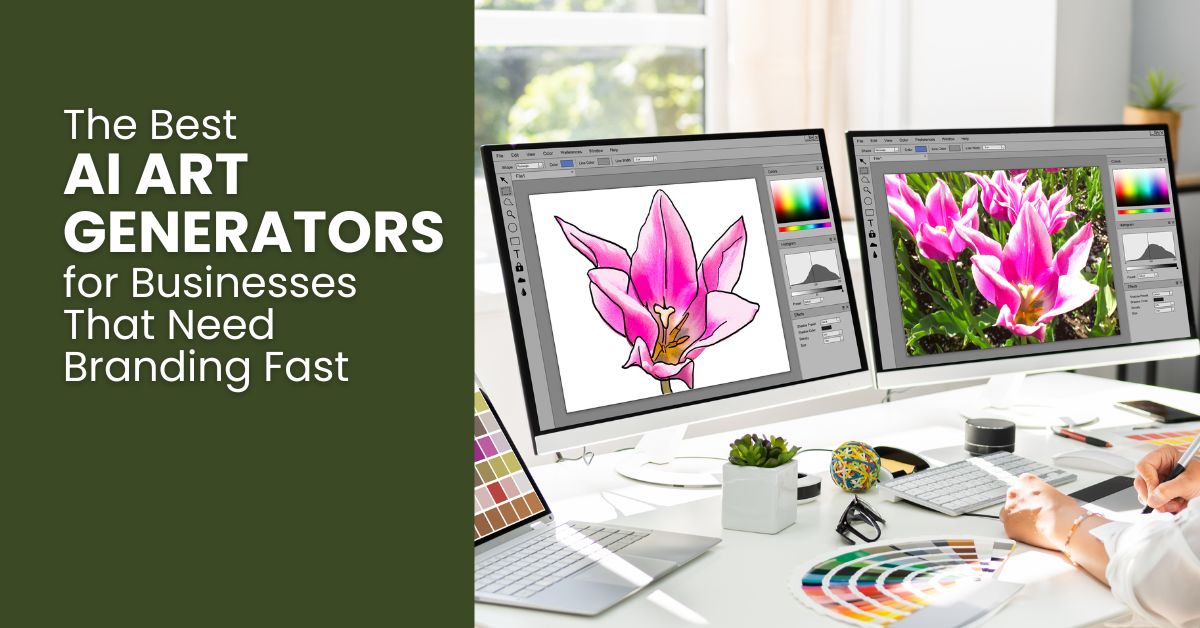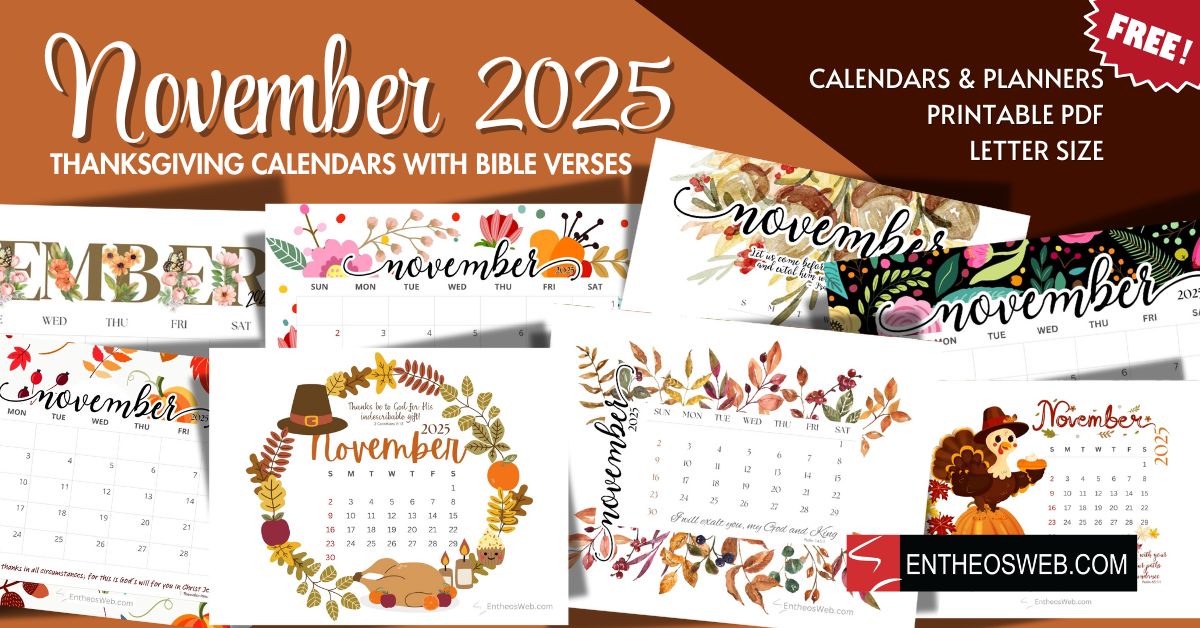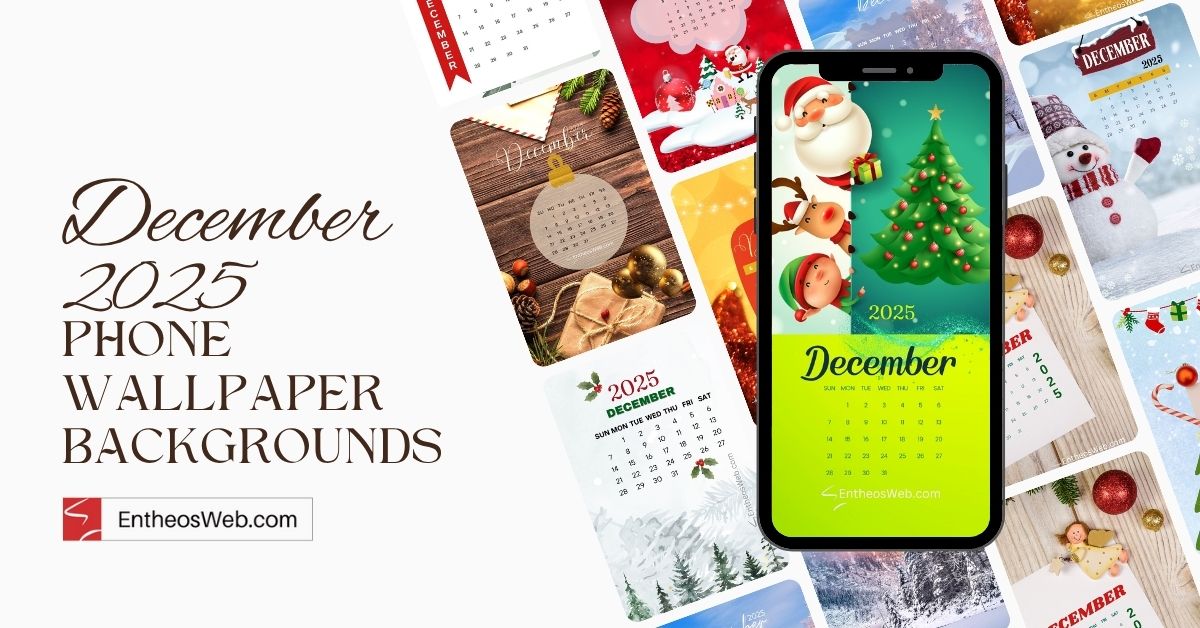
Speed kills in business, especially when you’re launching without brand assets. Studies have shown that the average webpage visit lasts less than a minute, so stock images won’t cut it if you want to grab their attention. Your competitors are already using AI to create custom visuals in minutes, not weeks.
The game has changed. What used to require expensive designers and lengthy revision cycles now happens in real-time. Wixel’s integrated AI art generator understands this urgency, letting businesses create brand-consistent visuals directly within their website builder, no external tools, no learning curve. Just describe what you need and watch it appear. But it isn’t alone in this revolution. The right AI art generator can transform your brand identity from concept to reality before lunch.
TL;DR: AI art generators help businesses create professional brand visuals in minutes.
Most AI art tools feel like toys. Wixel’s AI art generator works differently because it’s built into a business platform, not floating in isolation. You’re not just making pretty pictures, you’re creating assets that actually work for your brand.
The integration changes everything. Generate a hero image, and it’s already sized for your header. Create product mockups that match your existing color scheme. Design social media graphics that automatically adapt to different platforms. No downloading, uploading, resizing, or reformatting. It’s there, ready, working.
What sets it apart is context awareness. The AI understands your existing brand elements, colors, fonts, style choices you’ve already made on your site. When you generate new images, they feel cohesive, not random. A coffee shop gets warm, inviting visuals. A tech startup gets clean, modern designs. The AI adapts to your industry and aesthetic without extensive prompting.
OpenAI’s DALL-E 3 represents the current pinnacle of AI image generation. It understands nuance, context, and complex instructions better than almost anything else available. For businesses needing specific, detailed brand imagery, it’s unmatched.
The sophistication shows in output quality. DALL-E 3 handles abstract concepts brilliantly. Ask for “trustworthiness in financial services” and get thoughtful visual metaphors, not literal safes and handshakes. Request “innovation in sustainable packaging” and receive forward-thinking designs that actually make sense.
Integration with ChatGPT Plus makes DALL-E 3 particularly powerful for brand development. Have a conversation about your brand values, then generate visuals that reflect that discussion. The context carries over, creating more aligned results than standalone tools.
Limitations exist. No direct commercial license without ChatGPT Plus or API access, no built-in editing tools and you’ll need design software for refinements.
Midjourney produces art that doesn’t look AI-generated. While others chase photorealism, Midjourney creates images with genuine artistic merit. For brands wanting to stand out, not just fill space, it’s the clear winner.
The aesthetic quality is immediately obvious. Midjourney images have depth, atmosphere, and emotional resonance. A bakery doesn’t just get bread photos, they get images that evoke warmth, craftsmanship, and tradition. A consulting firm receives visuals suggesting expertise and forward-thinking, not generic business stock photos.
The community aspect accelerates learning. Midjourney operates through Discord, where thousands of users share prompts, techniques, and results. You’re not figuring things out alone. See what works for others, adapt successful approaches, and level up quickly.
Canva’s AI image generator might not win artistic awards, but it wins at practicality. Already using Canva for design? Their AI tools integrate seamlessly into existing workflows, making adoption effortless.
The strength lies in ecosystem integration. Generate an image, then immediately use Canva’s vast template library to create complete marketing materials. Business cards, social posts, presentations, everything connects. Your AI-generated logo becomes part of a cohesive brand system, not an isolated asset.
Text-to-image quality has improved dramatically. While not matching DALL-E 3 or Midjourney artistically, Canva delivers consistent, professional results. More importantly, it understands business needs. Ask for “corporate headshot background” and get exactly that, not artistic interpretation, just usable assets.
Magic Edit feature extends possibilities. Generate a base image, then selectively regenerate parts. Don’t like the background? Change just that. Need different colors? Adjust without starting over. This iterative approach saves enormous time.
Adobe Firefly isn’t the flashiest AI generator, but it’s the safest bet for enterprise brands. Built on legally clear training data, it eliminates copyright concerns that plague other generators.
The commercial safety aspect cannot be overstated. Firefly trained exclusively on Adobe Stock images, openly licensed content, and public domain materials. No artist can claim their style was stolen. No copyright strikes incoming. For corporate legal departments, this peace of mind is priceless.
Integration with Creative Cloud changes workflows. Generate in Firefly, refine in Photoshop, animate in After Effects. The ecosystem approach means AI-generated content becomes raw material for sophisticated brand assets, not final products. This suits brands with existing creative teams perfectly.
Style consistency impresses. Firefly maintains a coherent aesthetic across multiple generations better than most competitors. Create a mascot, then generate it in different poses and situations while maintaining recognizable features. This consistency is crucial for brand building.
Different businesses demand different tools. Here’s how to decide:
Wixel’s AI generator wins through seamless workflow. If you’re building or redesigning your site, having AI generation built-in accelerates everything.
DALL-E 3 or Midjourney, depending on whether you need accuracy or artistry. Budget for additional editing tools and time.
Canva AI provides the best balance of capability and usability. Non-designers can create professional materials quickly.
Adobe Firefly offers legal safety and integration with professional tools. Worth the premium for established brands.
Q: Do I own the rights to AI-generated images for my business? A: It depends on the platform. Always verify current terms, as policies evolve rapidly.
Q: Can AI generators create consistent brand mascots or characters? A: Yes, but with varying success. Some excel at character consistency using reference images and detailed prompts, others work better for simpler, logo-style mascots.
Q: How do AI-generated images affect SEO? A: Unique AI-generated images can improve SEO by reducing duplicate content issues from stock photos. However, proper alt text, file naming, and compression remain crucial.
Q: Should I tell customers my images are AI-generated? A: Transparency builds trust, but disclosure isn’t legally required in most jurisdictions. Consider your brand values and audience expectations.
Q: Can AI generators replace professional designers? A: Not entirely. AI excels at rapid ideation and basic asset creation but struggles with complex brand strategy, nuanced communication, and cohesive campaign development. Smart businesses use AI to augment human creativity, not replace it.
AI art generators have democratized brand visual creation. What once required a significant budget and time now happens in minutes. Integrated website platforms lead for seamless workflows, while specialized tools excel at specific use cases.
The key isn’t choosing the “best” generator, it’s choosing the right one for your workflow. Evaluate based on integration needs, quality requirements, team capabilities, and legal considerations. Most successful brands will use multiple tools for different purposes.









